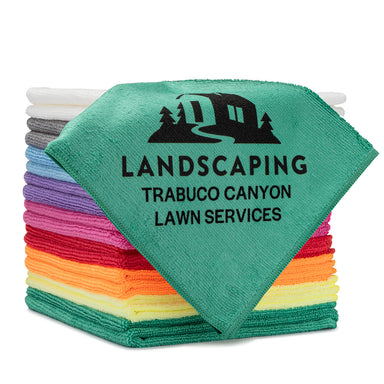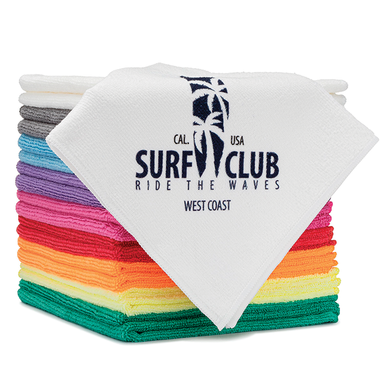Clear Communication
Whether it’s your manager setting expectations with your customers or you setting expectations with your managers, miscommunication is often at the root of most business mistakes and lost revenue.
When cleaning companies are small, communication is easy because key leadership is able to speak regularly to all the clients and employees, keeping everything on track. Once you get too big to keep your fingers in every hole in the damn, leaks are inevitable until you establish standardized channels for communication and documentation.
Luckily, the past decade has brought with it a plethora of new software options for cleaning companies that try to take the complexity out of tracking and sharing information with clients and cleaners. Depending on your budget, there are programs that can do everything from track schedules to send out standardized customer emails to produce work orders and more.
Regardless of how modest your budget, the reality is that in this day and age, you will need to put aside at least a small portion of your operating revenues towards software if you expect to grow. Customers and employees will no longer tolerate the disorganization that comes from running your business out of a paper calendar or, worse, your own addled brain.
Once you’ve selected your software, don’t mistake it for clear communication, as it is only the vessel. Clear communication is all about what you put into your software, not what emails and forms it spits out.
Like with every other step in the process, start by asking yourself linear questions like:
- As a new potential client, what information does my consumer need to make them close the sale?
- As a new customer, what information does my client need to enjoy their first clean?
- What information does my cleaner need when they arrive at their home to finish their clean successfully and personalize it to that client’s taste?
- How can my client give me feedback about their cleaning?
- How do I get that feedback to their cleaner, so they can make changes at the next clean and not forget?
The answers to these questions build your standard drip emails and text campaigns for customers, employee work orders, customer feedback forms, and more.
At the end of the day, if your customer can easily let you know what they like, your employee acts on it, then the customer gives further feedback on that improved work. Your employee will then act on that too, and you’ve created the perfect customer-employee symbiotic loop that no clients ever have a reason to leave.
Balanced Books
Tracking expenses and analyzing reports often feels like busy work for business owners trying to grow when in reality, it’s the foundation of the growth they’re trying to build. Without a clear understanding of the numbers of your business, growth will never be enough and will always be unsustainable.
If you’re spending too much on advertising and not on wages, you’ll have excited clients being served by miserable high turnover staff. If you’re undercharging clients, you won’t be able to afford the quality supplies, software, and managers that keep them happy, and they’ll leave anyway, no matter how cheap the clean is.
Mismanaged money kills growth on all sides of the equation, from customer satisfaction to employee retention to reputation management and more. If you’re a business owner that dreads entering expenses and crunching the numbers, hiring an accountant might be the single most important decision you make to set your business up for growth.















